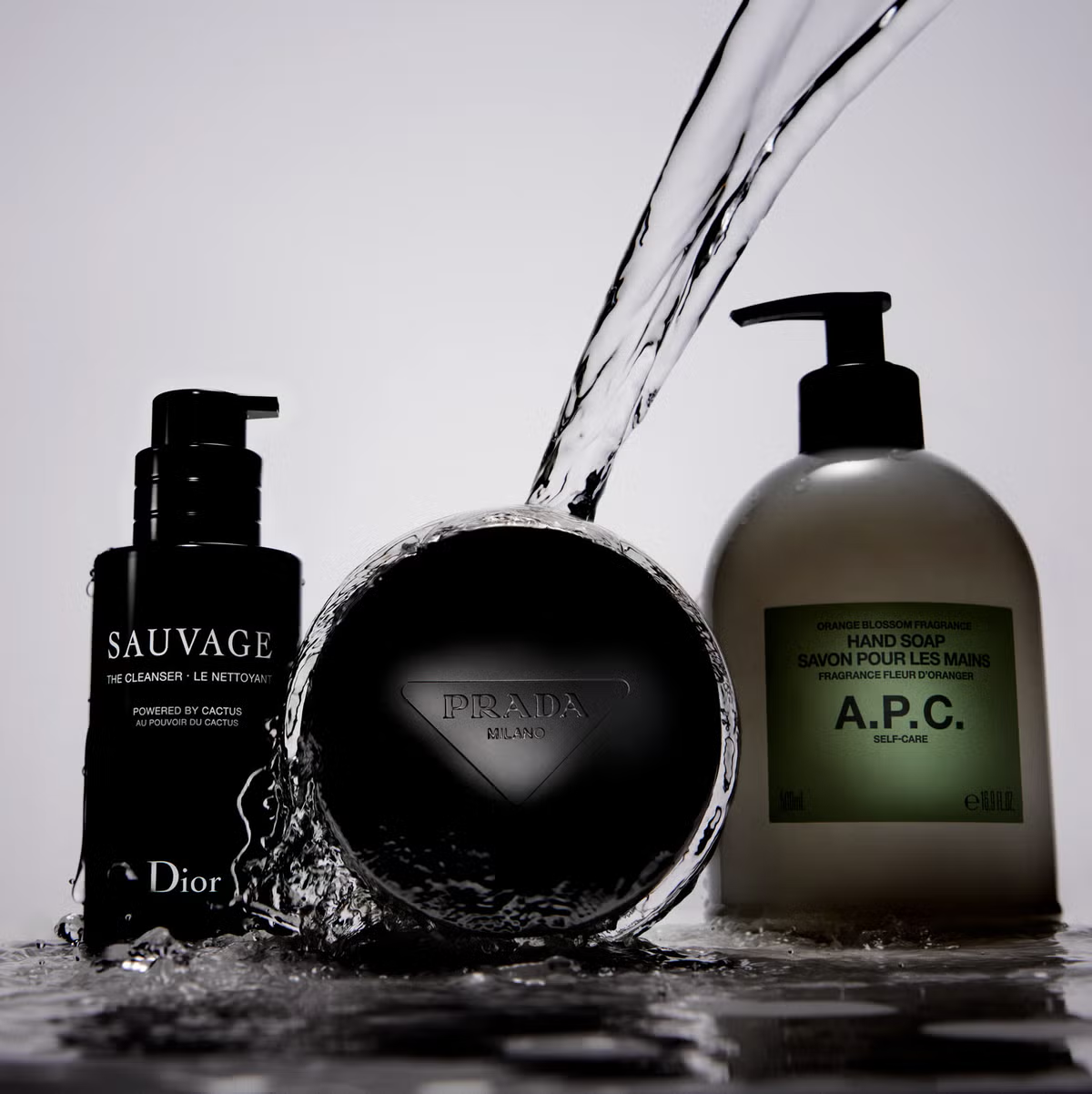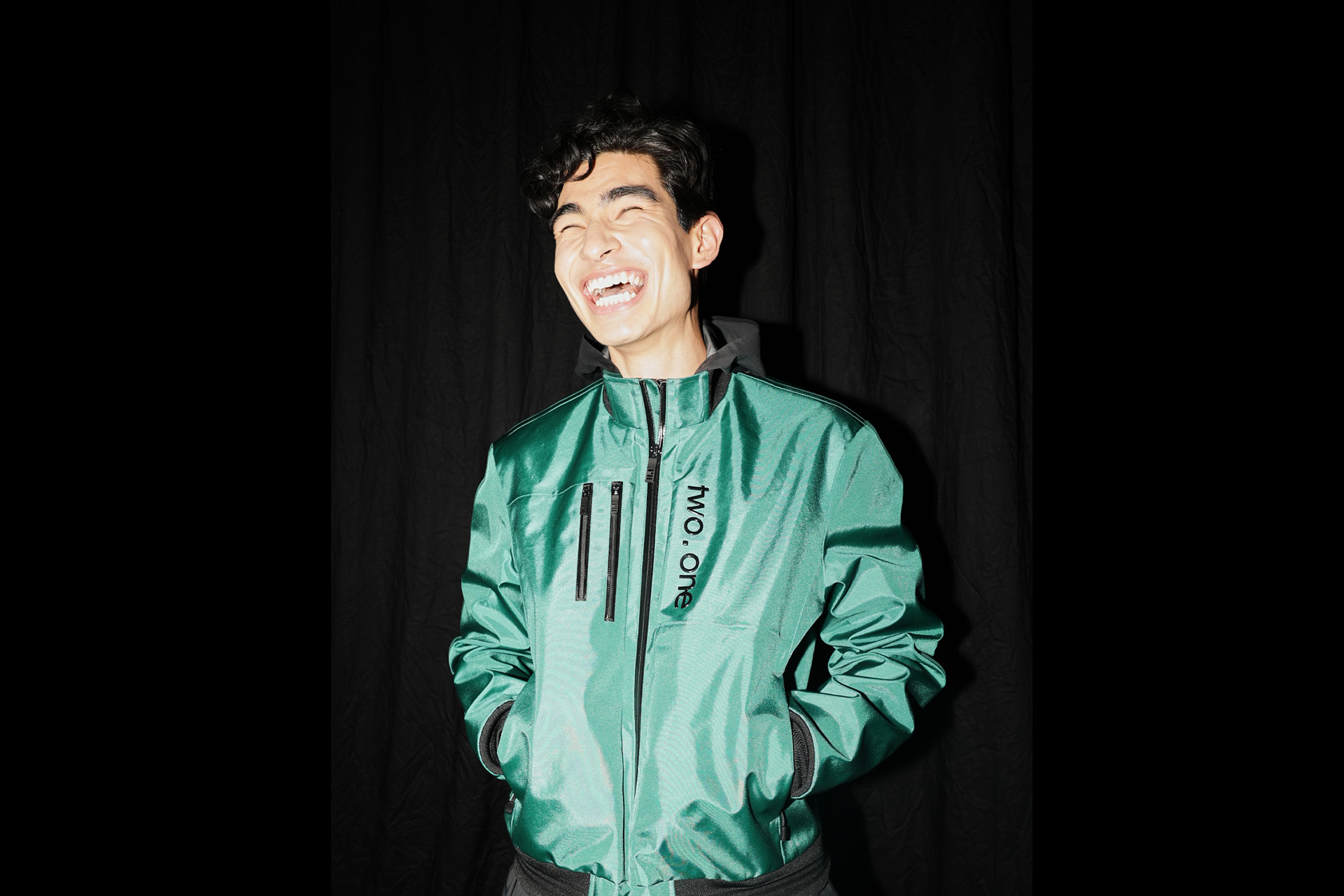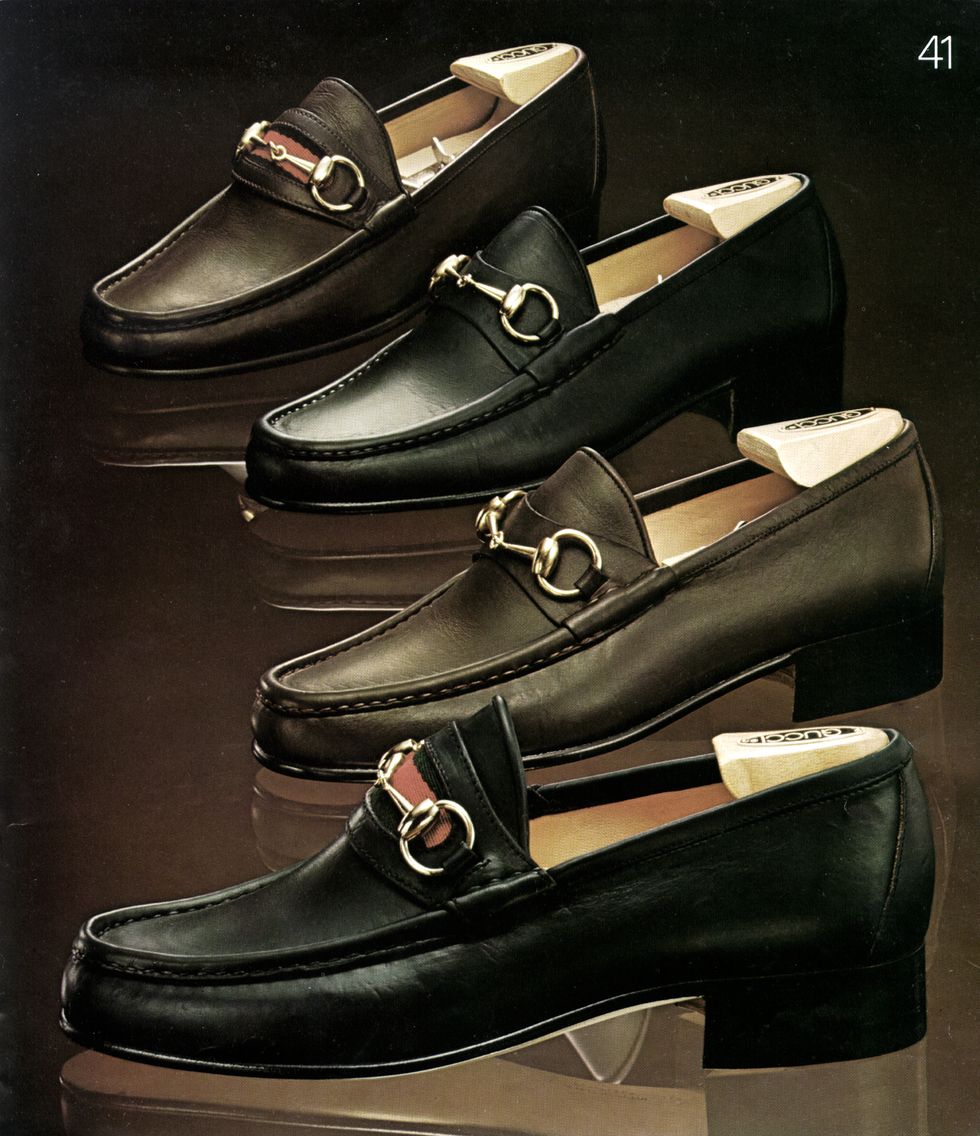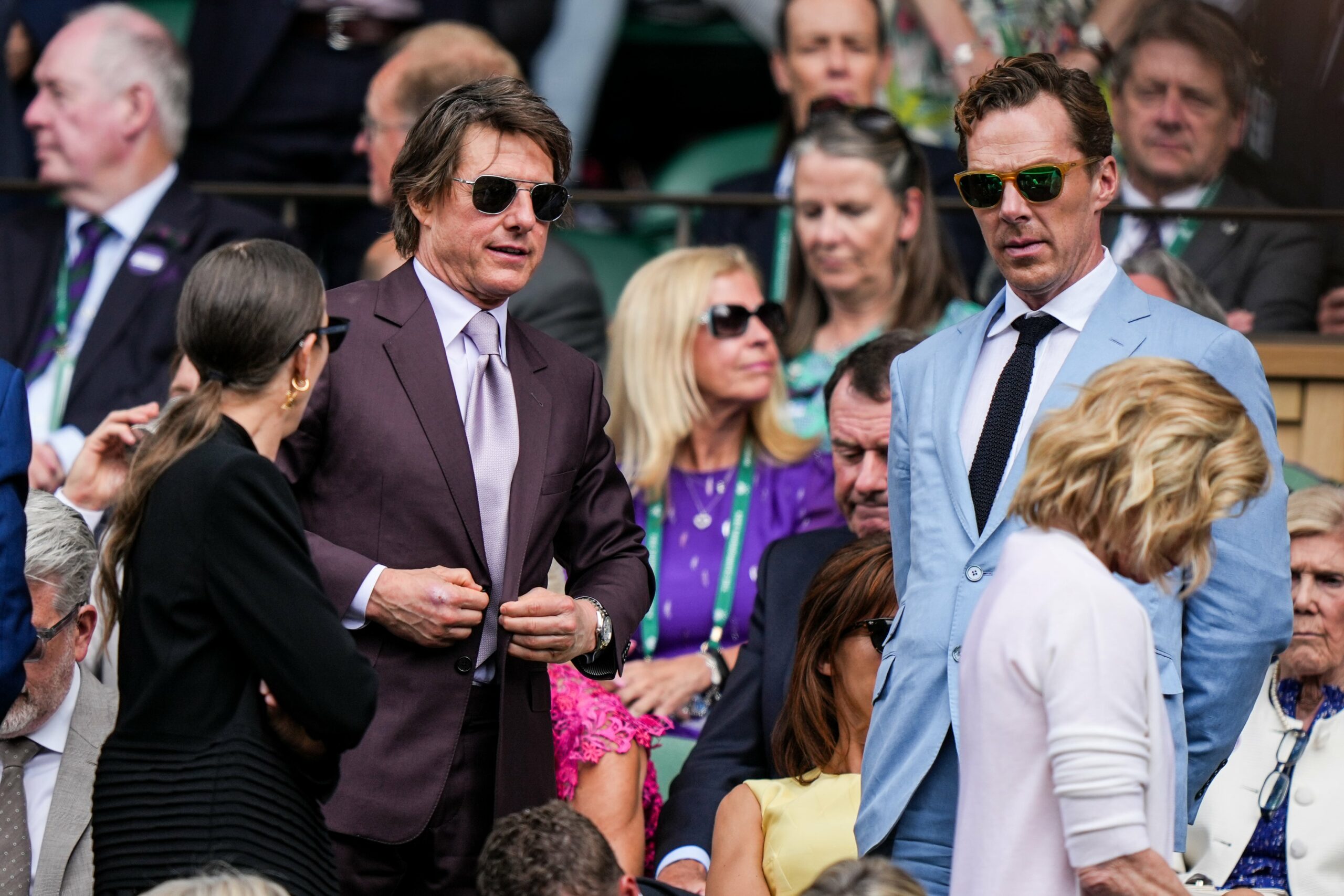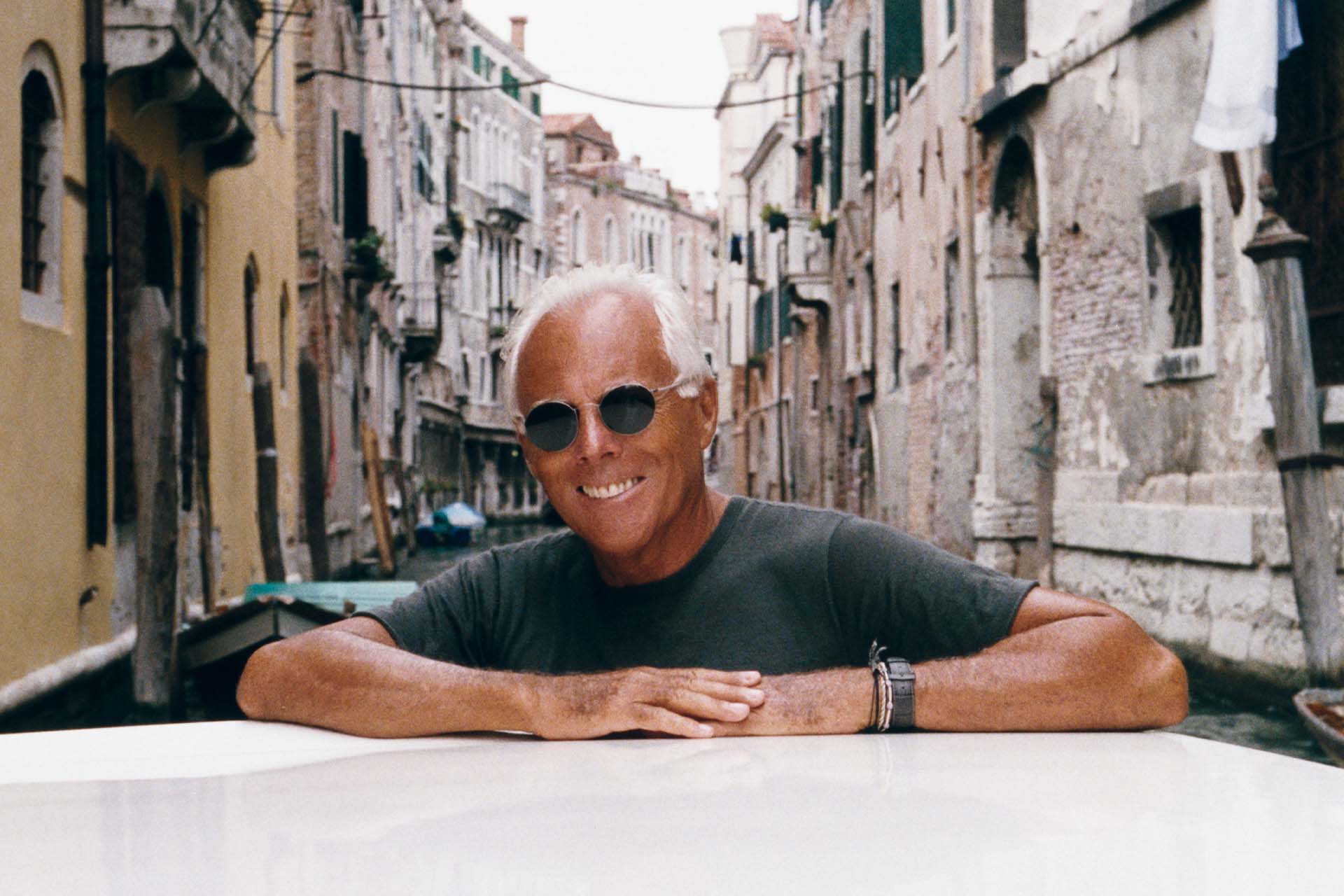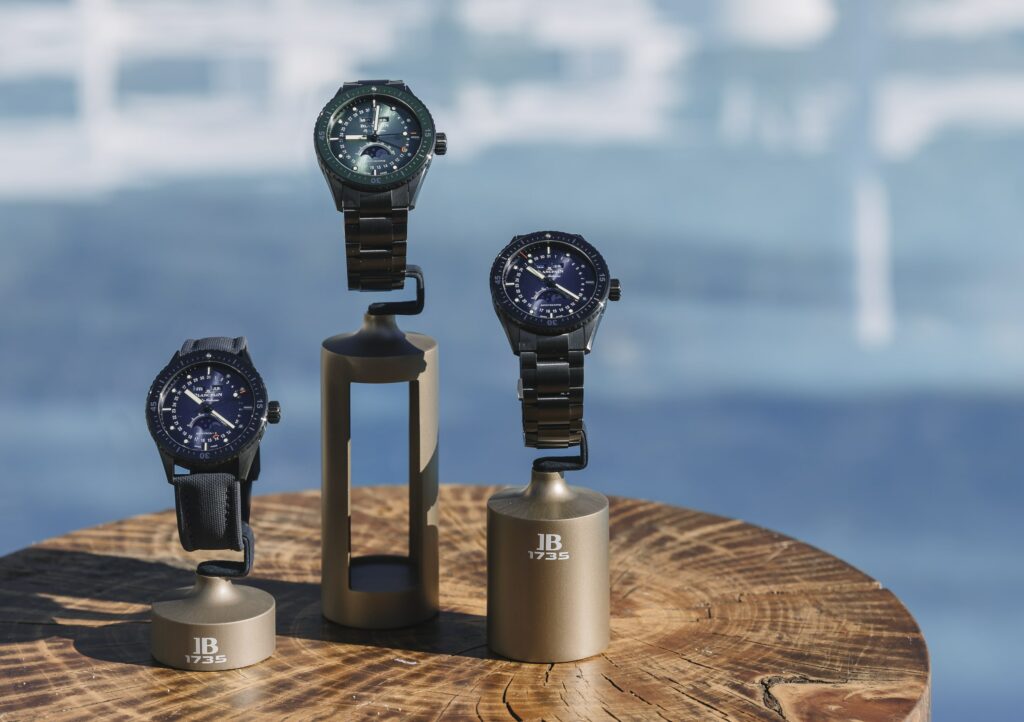
STRAP ON A SNORKEL and take to the reefs surrounding North Queensland’s Whitsunday Islands, and very quickly, the powdery silica beaches and postcard vistas make way for a world as stark in its beauty as it is its fragility. Fish of all shades and hues roam silty corals as pleasure floats lazily overhead, while Clownfish curiously watch passers-by from amid the tentacles of bleached-white anenomes. There’s still colour here, of course, but an inescapable sense of stolen majesty.
Few places leave one with a more vivid illustration of the increasingly urgent need to save the ecosystems that a century of climate change and pollution has left on the edge. For Swiss watchmaker Blancpain and its longtime partner, ocean conservation foundation Biopixel, this Australian slice of Paradise represents perhaps the most important frontline of all.
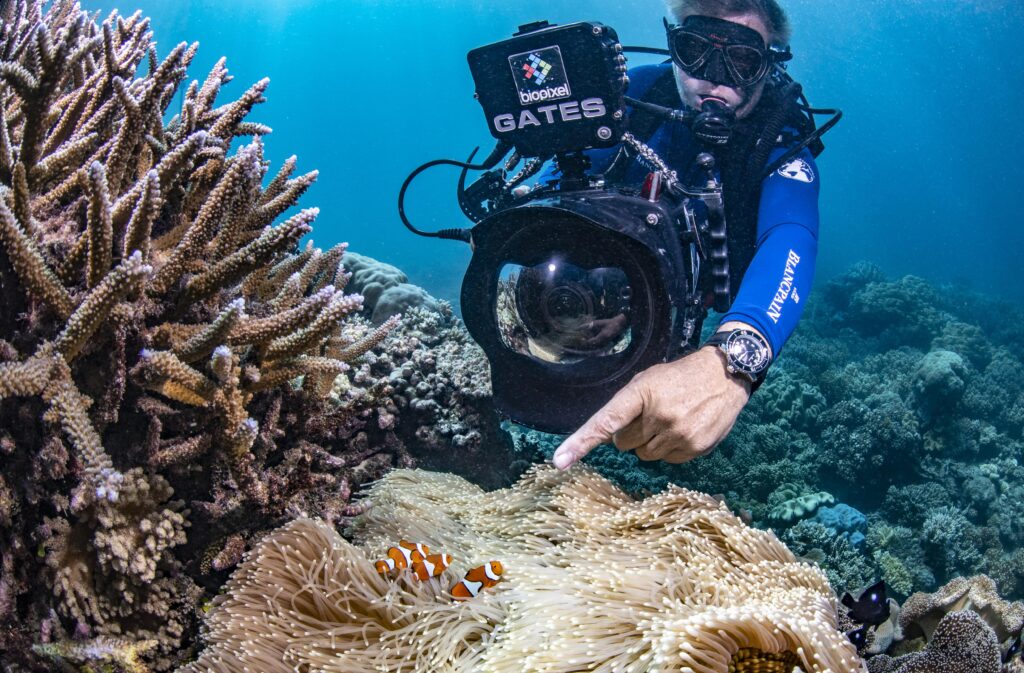
It’s likely you’ve seen Biopixel work before. Funded in part by Blancpain, Richard Fitzpatrick and his team sail the high seas, conducting studies and filming ocean habitats for the likes of Disney, National Geographic and David Attenborough. Away from the open ocean, Biopixel’s aquariums provide a set for its camera crews to capture complex marine behaviour – the kind animal interactions you see on Blue Planet and walk away wondering how on earth they filmed them in the first place.
Even so, Fitzpatrick, who spent much of his youth diving on the Barrier Reef, may well be one of the most important people on earth when it comes to educating us about everything, both mesmerising and unsettling, happening in our oceans right now. Few have witnessed the decline of our marine environments in such stark relief, nor done so much to capture it for the global masses.
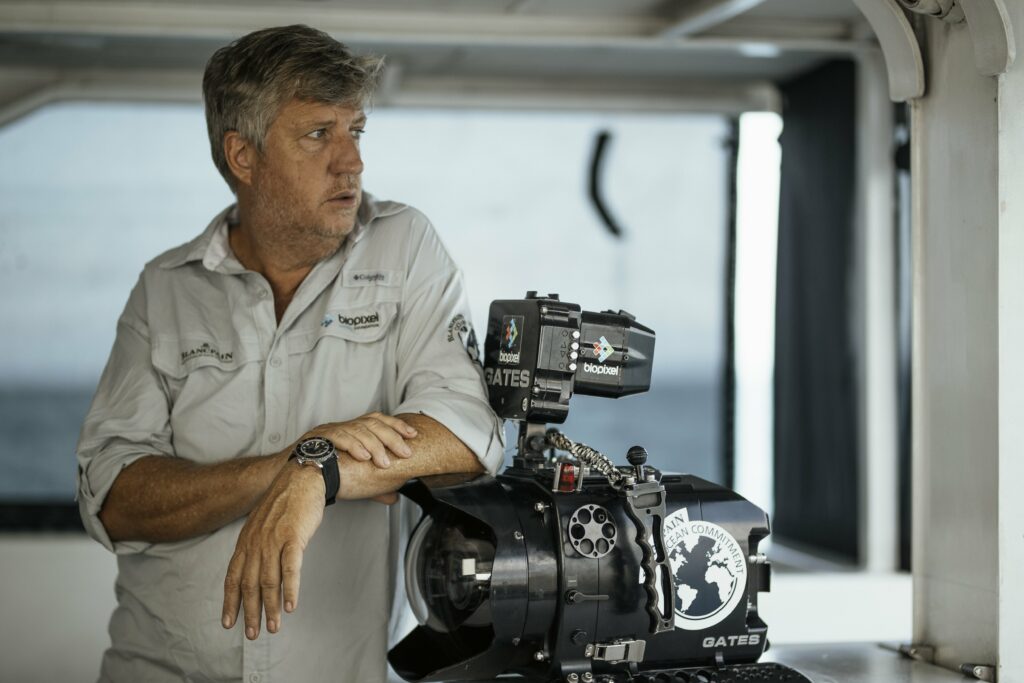
It’s perhaps fitting then that Fitzpatrick, flocked by myself and a gaggle of journalists, is here on the waters he remembers so well to help unveil Blancpain’s latest line of novelties – a series that embodies the legendary watchmaker’s commitment not just to Biopixel, but the enduring fight to preserve the oceans for generations to come.
The canvas for the brand’s latest venture is the Fifty Fathoms Bathyscaphe – intended now, as it was when it first came out in 1956, to be a smaller, more universally wearable take on its more heavy-duty Fifty Fathoms dive watch. And while Blancpain spent most of 2023 leaning into the Fifty Fathoms’ deep-diving, militaristic bearing (it was its 70th anniversary after all), this Bathyscaphe redux is, like its ancestors, altogether more refined.
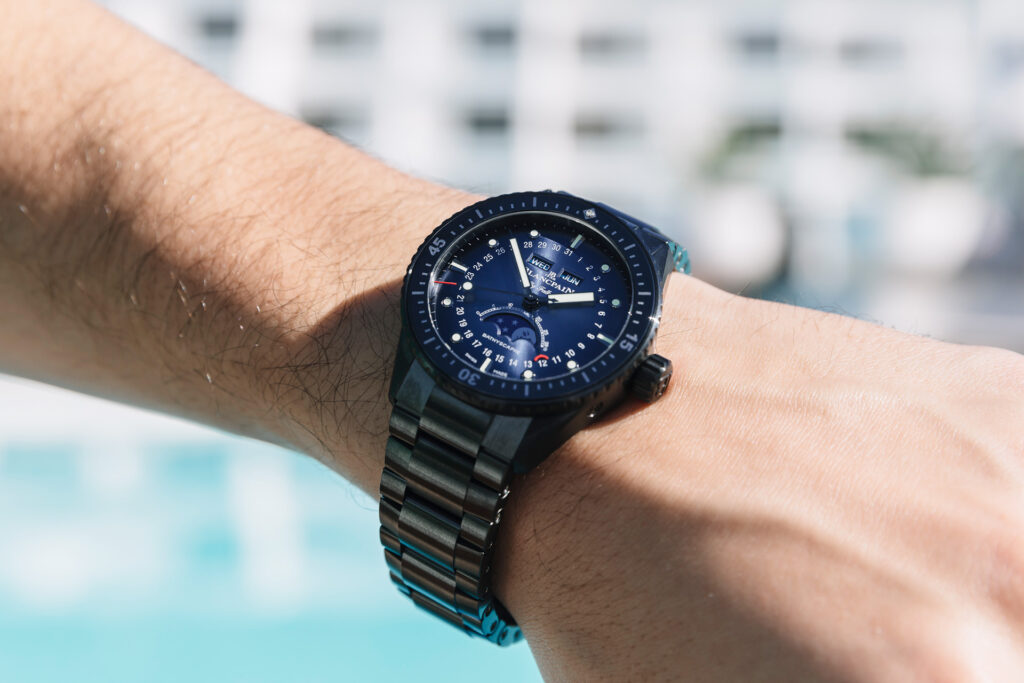
A few subtle changes have been implemented to help the new Bathyscaphe pop off the wrist. First, and most notably, is the use of ceramic – a first for the model – in its rotating bezel, casing and, optionally, its bracelet. Significantly lighter and more durable than even titanium, it nonetheless carries sufficient heft in the hand to feel of substance – something that can’t be said of many high-end ceramic pieces to hit the market as of late.
The use of colour in each piece is understated, yet poignant. The black ceramic that adorns each piece is offset against shimmering dials of navy blue and deep, sea grass green, immediately bringing to mind the elegance of the reefs and sunlit shallows.
Nodding to Blancpain’s long tradition of haute horology, the choice of complications on each reference has been carefully chosen to fit its intended aesthetic. Accompanying the classic date window that’s universal to all Fifty Fathoms Bathyscaphes, the Bathyscaphe Quantième Complet Phases de lune carries a moonphase function, set most effectively against a deep navy background. The slightly sportier flyback chronograph variant, meanwhile, works best with the choice of a deep green dial.
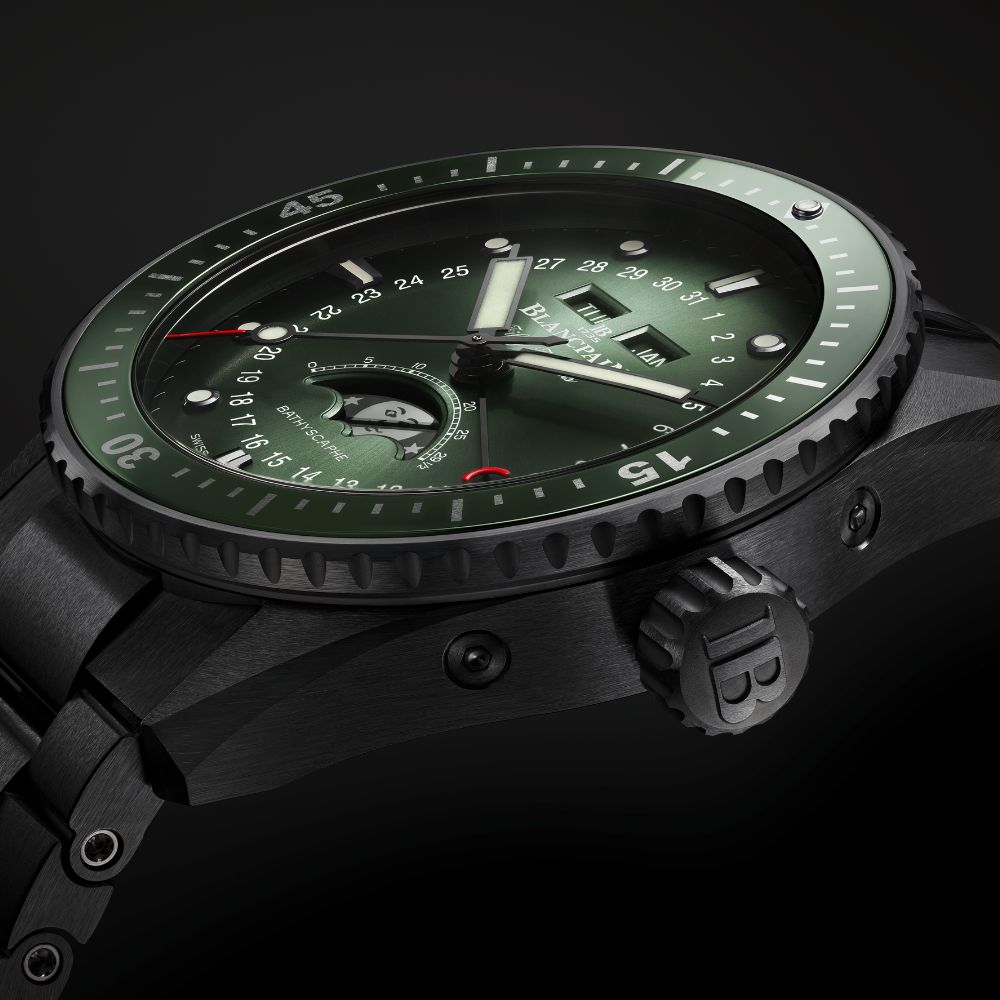
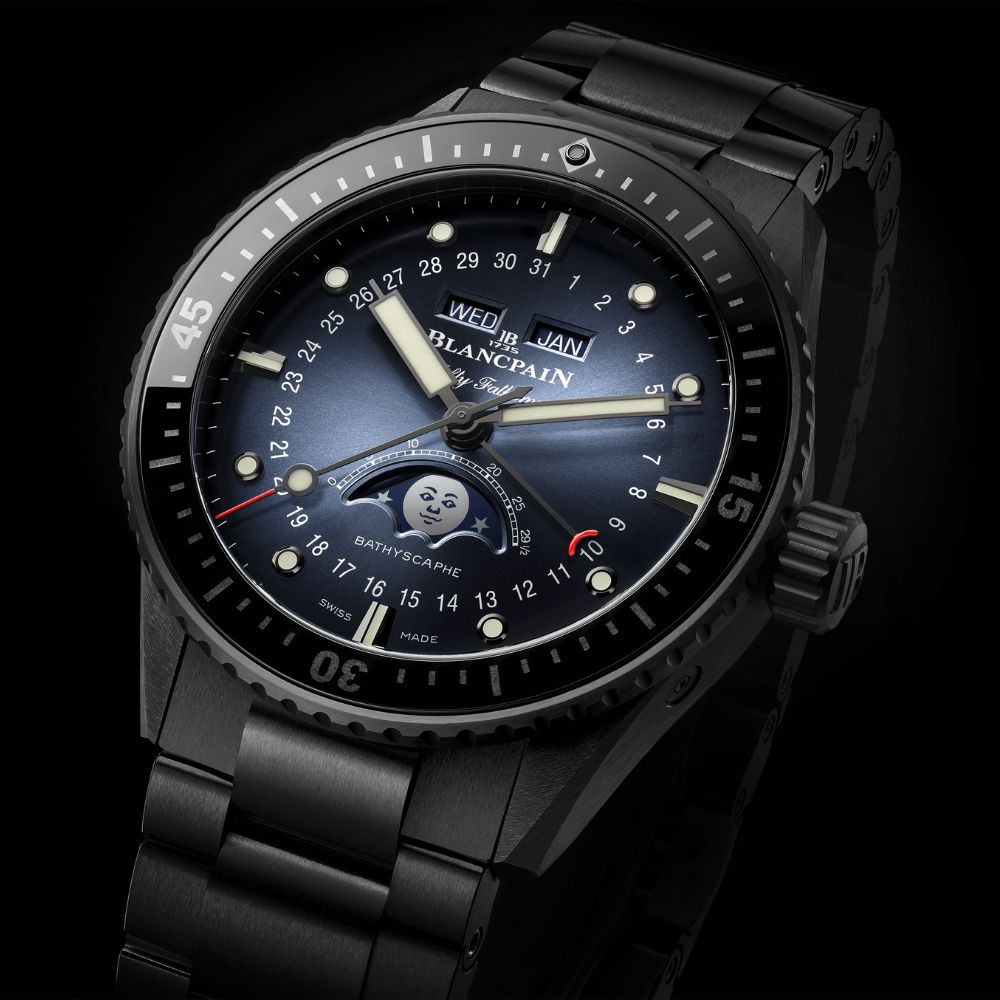
Each size, complication and colour comes with a choice of either a sail-cloth strap ($29,300) or the aforementioned ceramic bracelet ($41,400). A more pared back bracelet diver, equipped simply with a small seconds hand and a deep black dial, is also available ($33,900).
The power of a watch is limited. No brand, nor even a multinational conglomerate, can save an ocean. What a watch can do though, like any other art, is inspire conversation and enable us to dive deeper into worlds worth cherishing and saving. These watches, and Blancpain’s work on the reef, are testament to that. After all, the ocean helped make Blancpain what it is today. Now, it’s putting its money – and watchmaking prowess – into repaying the debt.
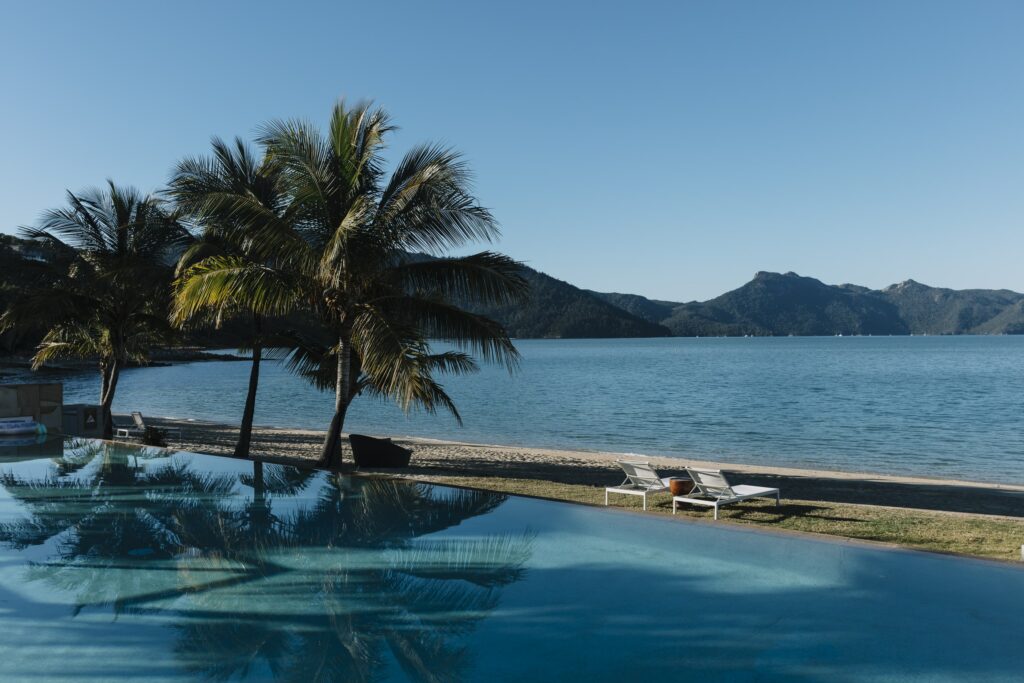
Related:








